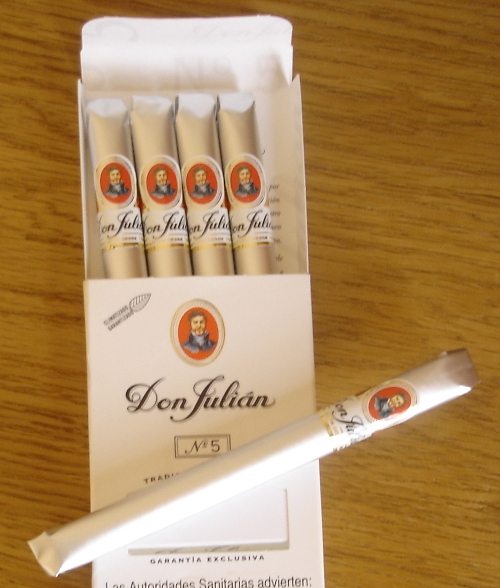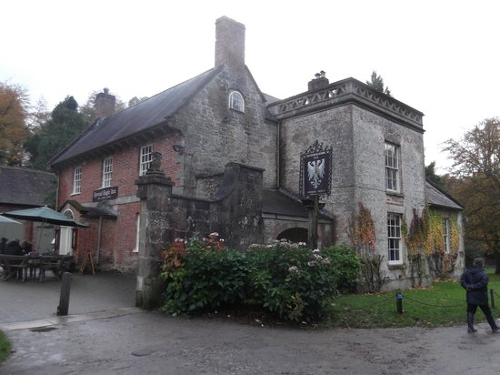Be Mery All - A Christmas Carol
A doodle made by a monk found in the back of a late mediaeval breviary (prayer book) from Battle Abbey, East Sussex, turned out to be a mediaeval carol. English Heritage historian Michael Carter found the carol in the book at Trinity College, Cambridge, whilst researching life at Battle Abbey.
You can see an extract of the carol below. I'm no handwriting expert, but the right slant seems to indicate jolliness. The monk made some very nice flourishes at the start of each paragraph, which suggests a flamboyant temperament being expressed within the bounds of monastic life.
You can read all about Michael's discovery here.
Mediaeval monks were inclined to illustrate and embellish their manuscripts. The prayer book that contains the carol also has 'recipes for remedies to treat gastric complaints' and a 'short poem about the deaths of three of Battle’s abbots'.
Battle Abbey is a Benedictine abbey. If you wish to know more about the contemporary life of a Benedictine monk, you can take a step back from the rat race — increasingly tempting — and stay with the monks at Quarr Abbey on the Isle of Wight. I'm not sure how much doodling they get up to nowadays.
But what of the carol itself? The carol was written in middle English and describes the life and spirit of Christ. Church services were conducted in Latin, so the carol was likely intended for a secular feast day setting — perhaps feasting in a great hall on Christmas Day. The carol has some nice couplets. Impressive for a doodle.
Be Mery AllBe mery all with one accorde,
And be ye folowers of Crystes worde
Then all your doyngs shold here in earthe
Present the facte of Crystis bearth
His loging was simple; his liuing was beare;
His death was biter; we were hys care.
Be mery all …
I wold our life now coulde be syche;
He was full poure to make vs ryche,
Meke and lowly in all mens sight;
It was the candell which gaue vs light.
Be mery all …
Bost not yourself ne your actes awans,
But one lament another chaunce,
For we be far from this degre,
For how we liue all men may see.
Be mery all …
He shall his tounge from slander refrayne
Which will be pride no man disdayne;
So of all thinges I thinke it best
To liue and loue and be at rest
Be mery all …
All faire talke is not worth a strawe
Were love is not which fulfillith the laue;
Werefore in mittinge where ye restore
Belli no man with false report
Be mery all …
Care not to myche for worly pleasure,
Lest hereafter ye lose a better tresure,
For sorowe increseth, and enui is bold
When chereti is skantye and waxethe colde
Therfore be mery with one accorde
And be ye dores of Chrystes worde
What does it sound like?A marvellous idea was formed. What if the carol was put to music? Christopher Hodkinson, Director of Schola Gregoriana of Cambridge, was tasked with composing a new setting. Christopher researched music manuscripts from the period and found a good textual match with an anonymous 15th-century carol from the Ritson manuscript in the British Library. The music from the carol was transcribed into a modern notation and worked to fit the words of Be Mery All. Christopher also considered the Great Vowel Shift that took place at the time, which affected English dialects and the way the words would have been sung.
Christopher arranged the music to be sung by a countertenor, with musical accompaniment by vielle (mediaeval viol) and harp. And you can hear (and download) the enchanting results below.
What a sweet sound. I might just play it when we bring forth the boar's head for the Yuletide feast at Tweed Towers this Christmas.












